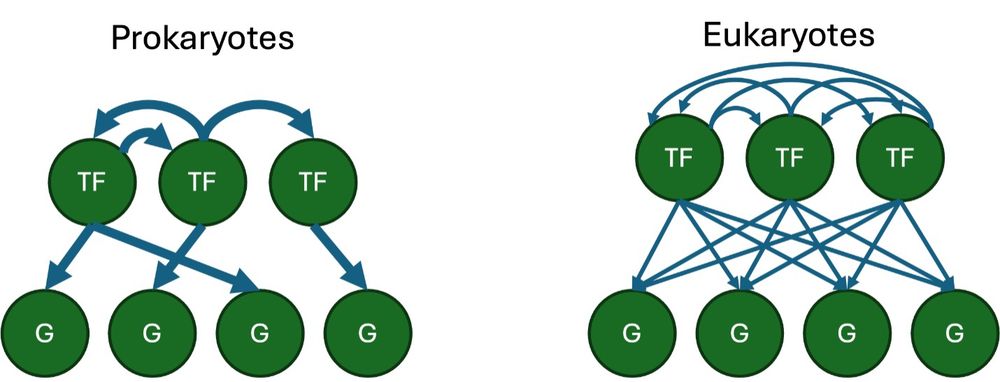Madison Chapel
@chapelmadison.bsky.social
23 followers
15 following
27 posts
MSc, bioinformatics (UBC)
Head full of yarn scraps, bloodstream full of bubble tea
Posts
Media
Videos
Starter Packs
Madison Chapel
@chapelmadison.bsky.social
· Jan 12










